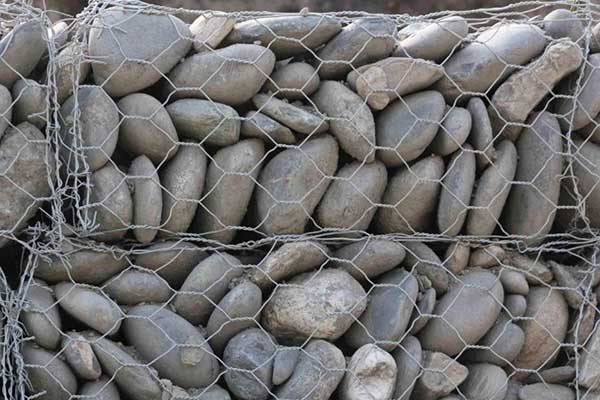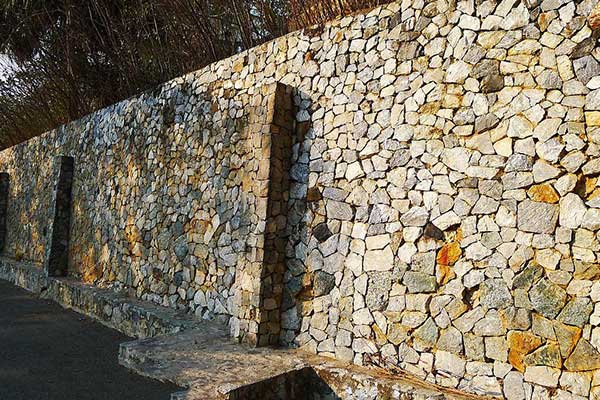Gabions vs. Retaining Walls: Cost Comparison
When it comes to landscaping and property management, finding cost-effective solutions without compromising quality is essential. Retaining walls are a common feature in landscaping projects, serving to stabilize soil and prevent erosion, especially on sloped terrain. However, with the rise in popularity of gabions, many homeowners and contractors are considering them as a potentially cheaper alternative. But are gabions truly more economical than traditional retaining walls?

Understanding the Basics: What Are Gabions and Retaining Walls?
Before delving into the cost comparison, let’s briefly explore what gabions and retaining walls entail:
- Gabions: Gabions are wire mesh baskets filled with stones or other natural materials. They act as retaining structures, providing stability to slopes and preventing soil erosion. Their porous nature allows for water drainage, reducing hydrostatic pressure behind the wall.
- Retaining Walls: Retaining walls are rigid structures built to hold back soil and prevent it from sliding or eroding. They can be constructed from various materials such as concrete blocks, poured concrete, wood, or natural stone.

Factors Influencing Cost:
Several factors influence the cost of both gabions and retaining walls:
- Materials: The material cost is a significant factor in determining the overall expense. Gabions primarily require wire mesh baskets and filling material, while retaining walls may involve materials such as concrete blocks, poured concrete, or natural stone.
- Labor: Labor costs for installation play a crucial role. Gabions are relatively simple to install, often requiring minimal expertise and equipment. In contrast, constructing a retaining wall may necessitate skilled labor, particularly for intricate designs or when using heavy materials like concrete.
- Site Preparation: The condition of the site can impact costs. If extensive excavation or grading is required, it can add to the overall expenses for both gabions and retaining walls.
- Design and Aesthetics: The design complexity and desired aesthetics also influence costs. Intricate designs or incorporating decorative elements into retaining walls can increase expenses. Similarly, the choice of stone or filling material for gabions can affect costs.
Cost Comparison: Gabions vs. Retaining Walls
While the cost of both gabions and retaining walls varies depending on the factors mentioned above, gabions often emerge as the more cost-effective option for several reasons:
- Material Costs: Gabions typically involve lower material costs compared to retaining walls, especially if using locally-sourced stones or recycled materials for filling.
- Labor Expenses: Installation of gabions is generally simpler and requires less specialized labor compared to the construction of retaining walls, resulting in lower labor costs.
- Maintenance: Gabions typically have minimal maintenance requirements, reducing long-term costs compared to retaining walls, which may require periodic inspection and repairs, especially if constructed from materials prone to deterioration.
- Flexibility: Gabions offer flexibility in design and are suitable for various terrains and soil conditions, potentially eliminating the need for extensive site preparation, which can contribute to cost savings.
Conclusion:
While both gabions and retaining walls serve the purpose of soil retention and erosion control, gabions often present a more cost-effective solution for landscaping projects. With lower material costs, simplified installation, and minimal maintenance requirements, gabions offer a compelling alternative to traditional retaining walls. However, it’s essential to assess specific project requirements, site conditions, and aesthetic preferences before making a final decision. Consulting with landscaping professionals can provide valuable insights and help determine the most suitable option based on both cost and functionality.

